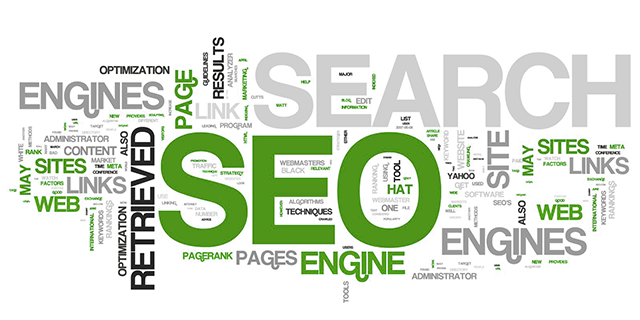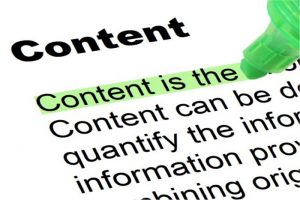On-Site SEO Optimization Strategy
 SEO (search engine optimization) is a strategy comprising of many sets of techniques. Its ultimate goal is to improve the ranking of a website in search engines. The process starts with the optimization of on-site elements that can directly affect off-site optimization.
SEO (search engine optimization) is a strategy comprising of many sets of techniques. Its ultimate goal is to improve the ranking of a website in search engines. The process starts with the optimization of on-site elements that can directly affect off-site optimization.
Below is a List of Good On-Site SEO Practice:
Your URLs Should be SEO-Friendly

The URLs of your site’s pages should be keyword-rich and easy for the users and search bots to understand what the pages are for. It should also be kept short and neat; avoid using characters that make the URLs look and read weird.
An SEO-friendly URL looks like this: www.schooliscool.com/resources/typing-exercises/. An ugly URL, on the other hand, looks like this: www.schooliscool.com/567=gt?/00000432/.
Your Keyword Should Make a Good Head Start
Page titles are very important in on-site SEO. A title should contain keywords, especially at the beginning. This is the very first thing that bots read when on the page; this is where they will get the idea of what your page is primarily about.
If your keyword is not fit for use at the beginning, it could be placed in the middle if possible. It would not hurt if the keyword is placed there as long as it is included in the title.
Your Website Should Engage Users With Multimedia
 Your website’s content is what will carry your website through. But using all-text content can be tiring for users. Stimulate them and prolong their engagement by using multimedia on every page.
Your website’s content is what will carry your website through. But using all-text content can be tiring for users. Stimulate them and prolong their engagement by using multimedia on every page.
Use relevant images or photos for articles that are long, and you can also experiment with creating videos or infographics as a main page’s content.
Your Website Should Link to Relevant External Websites
Linking to other websites is a good on-site SEO tactic; it can reinforce your site’s relevancy to your users’ search key. Outbound links can tell Google that your site is directly related to those other sites mentioned or listed on your pages.
Making use of resource lists can also give Google the impression that you are offering quality information and references.
Your Keyword Should be Used Early In Your Content
Making your keyword appear in the first 150 words of your content can help Google catch what the content is about and where it is heading.
Your Title Should Be Wrapped in H1 Tag

The headline or header tag, H1, emphasizes your title by making it look bolder and larger than any other text on your page. It also emphasizes your title to search bots, which cannot see the effect of an H1 tag to a text’s actual appearance to users.
Your Site Should Load Fast
A site’s loading speed is an important ranking factor for Google. It is a parameter for good user experience and engagement rating.
Your Title Should Have Modifiers
Using positive modifiers can help your site rank for your keyword’s long-tail versions. Use words that help describe your content like, “best”, “comprehensive”, “ultimate”, or “great”.
Your Pages Should Have Social Share Buttons
Placing social share buttons on every page makes your content easy to share. This is also important because sharing between users can help increase organic traffic to your site.
 Your Content Should Belong
Your Content Should Belong
The length of your content can reflect the depth of the information that your content is providing. You can lengthen your content by being generous in giving details and insights.
Your Site’s Bounce Rate Should Go Down
A website’s bounce rate is a ranking factor for Google. It is a quality metric that tells Google your site has quality content if users do not bounce easily from your pages.
Your Content Should Contain LSI Keywords
Your keyword could be interchanged with its synonyms throughout the content to avoid keyword stuffing. These synonyms are LSI keywords that can play a significant part in on-site SEO to make your content or website rank for other related searches.
